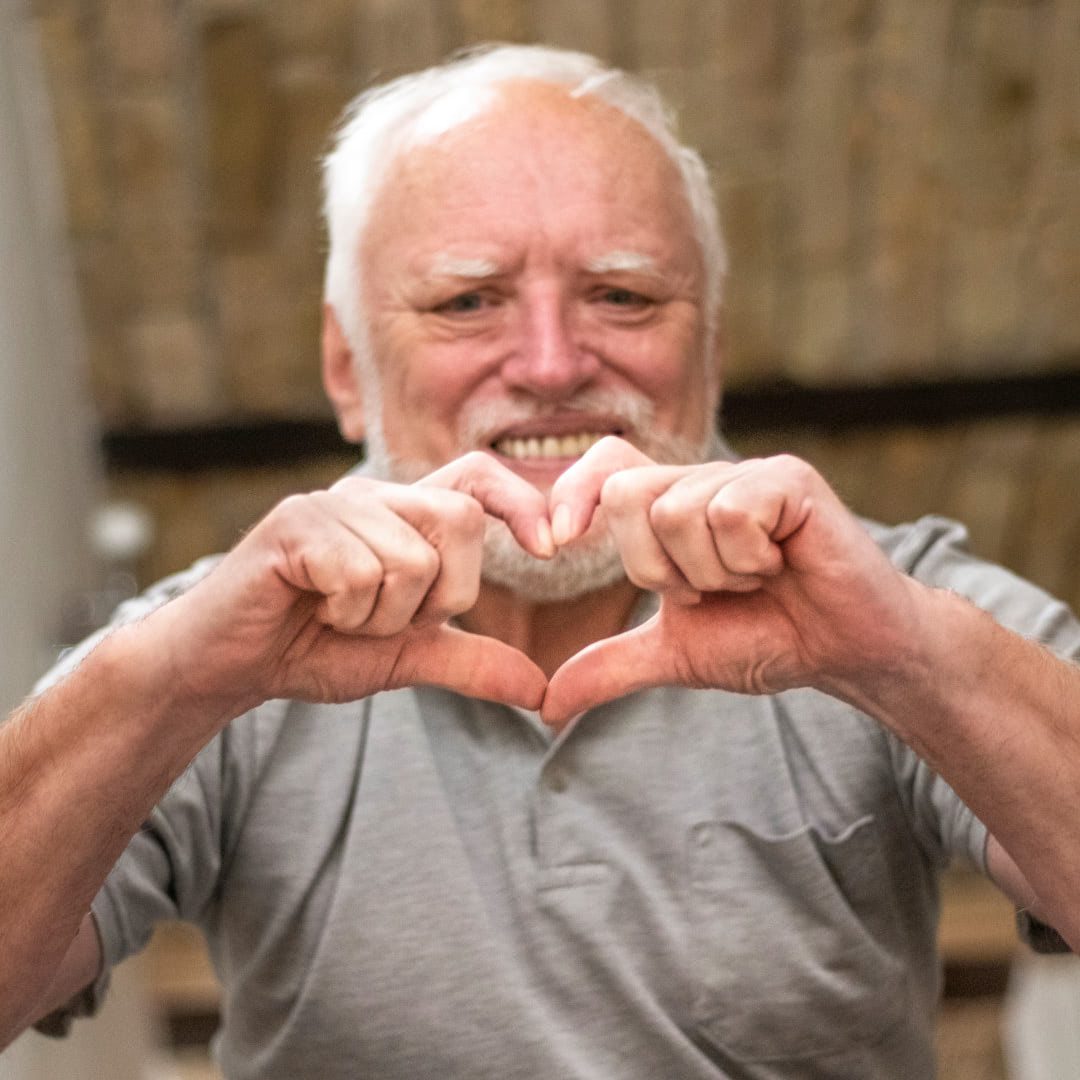The secrets of Brussels 🇧🇪
Do you know Brussels like the back of your hand? Do you know all its secrets? We've put together some interesting facts for you! Here are a few fun facts about the Belgian capital, and you can find them all in our urban adventures in Brussels.
Victor Hugo was a major shareholder in the National Bank of Belgium
🏛️ The NBB was founded in 1850 in the form of a limited company by shares (société anonyme par actions), with the first paper shares dating back to 1851.
🪙 Among its shareholders was one of France's most famous writers, Victor Hugo.
🎭 Indeed, during his exile in Brussels, he took the opportunity to gradually convert part of the earnings from his literary successes (including "Les Misérables") into shares, making him the second largest shareholder in the NBB at the time.
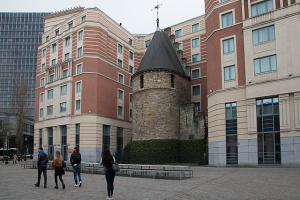
The Black Tower, behind the church of Sainte-Catherine, dates from the 13th century.
🏰 This tower with loopholes is a well-preserved vestige of Brussels' first city wall, built in the 13th century.
🍺 In the 16th century, it was converted into a tavern called "In de Toren".
💡 It was saved from demolition in 1888 thanks to the intervention of Burgomaster Charles Buls, a fervent defender of Brussels' historic heritage.
🏨 The tower is now framed by a modern hotel, which partially conceals the inner side and only allows the outer side to be admired.
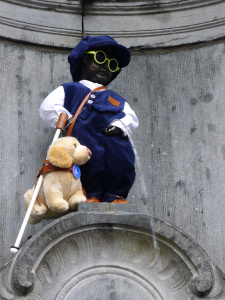
Manneken-Pis has received a less than honourable distinction.
🗽 The oldest mention of the existence of Manneken-Pis dates back to 1451, although the statue has been stolen, damaged, brought back, found, renovated dozens of times since then.
🔍 Despite being an essential visit for tourists to Brussels, in 2012 the statue was voted "Europe's most disappointing curiosity".
🏰 His wardrobe, which includes more than 1000 costumes as of 2018, is kept in the "Maison du Roi" museum on the Grand-Place.
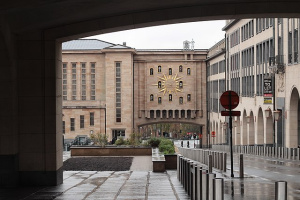
The Carillon of the Mont des Arts is bilingual
🔔 Equipped with its 24 bells, of which only 12 are visible, the carillon can be seen on the façade of the Palais de la Dynastie.
🦁 It is designed to play two folk tunes alternately from one day to the next: one Walloon ("Où peut-on être mieux"), the other Flemish ("Beiaardlied").
🎵 Every quarter of an hour, the carillon intones part of these songs, and the full song at the full hour.
🇧🇪 On certain occasions, the carillon sounds the Brabançonne, Belgium's national anthem.
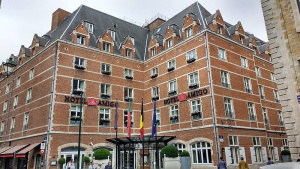
Originally, the Amigo was reserved for thugs
🔒 In 1522, the building that occupied this site was sold to the city and turned into a prison.
🇪🇸 It is thought that this is where the hotel's current name comes from: Spanish soldiers are said to have confused the name of the prison (Vroente) with vriend (friend in Dutch), translated amigo in Spanish.
👑 Hotel Amigo was then built on this site in the 1950s to accommodate the royal families and aristocrats from all over the world who came in their numbers to attend the 1958 Universal Exhibition.
There's a Place Marsupilami just a stone's throw from the Grand Place.
🇪🇸 Do you know the Place d'Espagne, located between the Central Station and the Grand Place?
⚔️ The centre of the square is occupied by a sculpture of Don Quixote and Sancho Pança, an exact replica of the one installed in the Plaza de España in Madrid.
✏️ Since 2006, the square has also been named after a cartoon character: Place Marsupilami.
Did you know we have an urban adventure starring this hero? A special adventure for kids! If you'd like to know more about Marsupilami and his family, just come and play with your family!
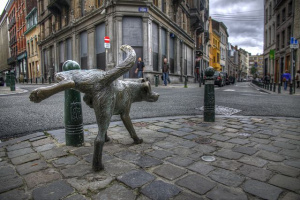
Brussels is home to 3 statues that take the piss.
👶 Everyone knows Manneken Pis and its little sister Jeanneke Pis, 400 years younger.
🐕 But only real Brusseleirs know about the Zinneke Pis, the little dog that has been watering a stake in the rue des Chartreux for 25 years.
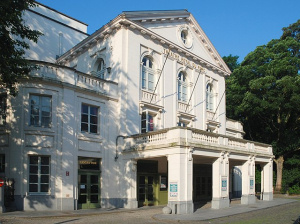
The Park of Brussels hides a fallout shelter
👑 Opposite the Royal Palace has stood the Parc de Bruxelles since 1775, not to be confused with the Parc Royal (located in Laeken).
✈️ In 1939, an air-raid shelter was built near the Royal Palace to monitor Belgian airspace.
📡 During the Second World War, the shelter was used by the German occupiers to install equipment to locate Resistance transmitters.
💣It was during the Cold War that the site was converted into a nuclear fallout shelter, in response to the nuclear arms race.
🎭 This now disused shelter was accessible from the Cercle Gaulois, a private club located just behind the Théâtre du Parc.
🚆 At Schaerbeek station, a "hospital bunker" was also built just before the Second World War.
The Anspach Fountain (Sainte-Catherine) was originally located on the Place De Brouckère.
⛲️ The Anspach Fountain consists of a granite obelisk surmounting a pedestal adorned with a bas-relief depicting the Svoûtement de la Senne.
🏛️ The Anspach fountain was erected in 1897 as a tribute to Jules Anspach, former mayor of Brussels and a major promoter of the vaulting work.
📍 It was originally located on the place de Brouckère, but was dismantled in 1973 due to construction work on the metro.
🛠️ It was not until 1981 that it was reassembled in its current location in the Square des Blindés, near the Quai aux Briques and the Sainte-Catherine metro station, as the space available under the Place de Brouckère was no longer deep enough after the metro works.
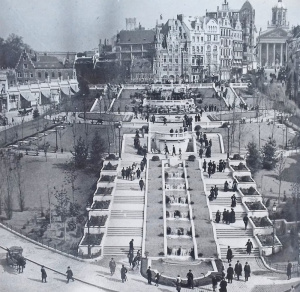
The Mont des Arts garden was built as a temporary emergency measure
👑 Between 1800 and 1900, the Mont des Arts was an urban planning headache, with hundreds of projects, each of which was aborted because of strong differences of opinion between Leopold II, who wanted to make more room for royal institutions, and Burgomaster Charles Buls, who wanted to protect this working-class district, then known as the Saint-Roch district.
🏗️ In 1897, Buls lost his battle and the district was razed to the ground, forcing the burgomaster to retire from politics for good.
⛲️ In the run-up to the 1910 Universal Exhibition, this immense wasteland in the heart of Brussels was intolerable. At the instigation of Leopold II, a garden with a waterfall and bleachers was built.
❤️ A "temporary" situation that lasted so long that the people of Brussels became so attached to it that they deplored its demolition 45 years later, with the aim of redeveloping it into the cultural institutions that still surround it today (Library, Archive, Museums).
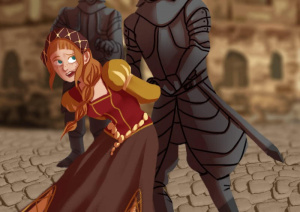
A "witch" was burnt on the Grand Place
🎼 Josyne van Vlasselaer was a descendant of the composer Ludwig von Beethoven.
🧙♀️ In 1595, villagers accused her of having made a pact with the devil because on four occasions horses had died after she had passed by. After several interrogations in which she denied the accusations, then torture at the rack, she finally confessed to the acts she had not committed.
🔥 Josyne was sentenced to the stake and the confiscation of all her possessions. She was burnt in a public execution on the Grand-Place a few days later.
If you're interested in the story of Josyne, our scenario "The Alchemist" will allow you to relive the investigation into the accusations of witchcraft.
Will you be able to sort out the true from the false and try to save her from a tragic end?

Crime at the Galeries Royales Saint Hubert
🏛️ Opened in 1847, these 3 galleries (of the Princes, the King and the Queen) are among the oldest in Europe and served as a model for the famous Victor Emmanuel II galleries in Milan, among others.
🔫 In 1873, it was here that Verlaine bought a pistol in an attempt to assassinate Rimbaud, 2 steps from the Grand Place. After this failed attempt, he spent time in the Amigo prison before being imprisoned for two years in Mons. While the attempted murder was at the heart of the trial, it was above all their homosexual relationship that was pilloried.
🚶 Worn down by 6 to 7 million visitors a year, the blue stones on the gallery floor were originally 15cm thick. Today, the oldest are only 3cm thick!
🍫 It was also in this gallery that Jean Neuhaus created the very first Belgian praline, in 1912.

Delacre, the chocolate maker, was a French pharmacist.
🍫 In 1870, Charles Delacre, a French pharmacist by training, began selling chocolate as a tonic at the Pharmacie Anglaise in Brussels. It was so successful that he and his wife opened a shop dedicated to chocolate right next to his pharmacy.
🍪 Two years later, the first Delacre factory was opened. 20 years later, his first biscuit was marketed: the Pacha Delacre.
🏭 Today, Delacre is the second largest biscuit manufacturer in Europe, 120 years after its beginnings.

Place Sainte-Catherine is home to a power station.
⛪ Originally, Sainte-Catherine church was located on the right-hand side of the square, while the middle was a quay for traders.
💡 The body of this church was destroyed in 1893 and replaced by a steam power station.
🎨 Today, only the tower of the original church remains, while the power station has been converted into a contemporary art museum called CENTRALE.

